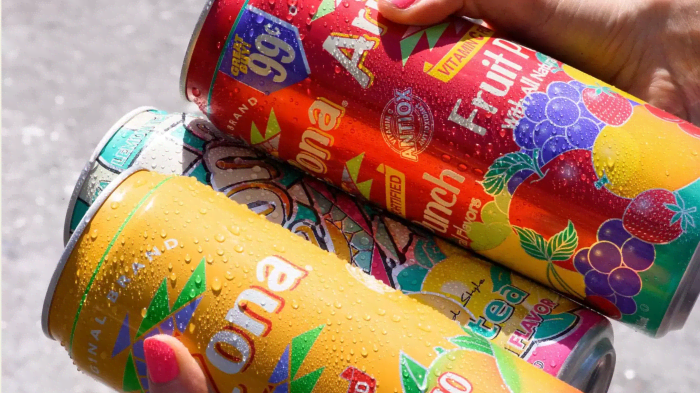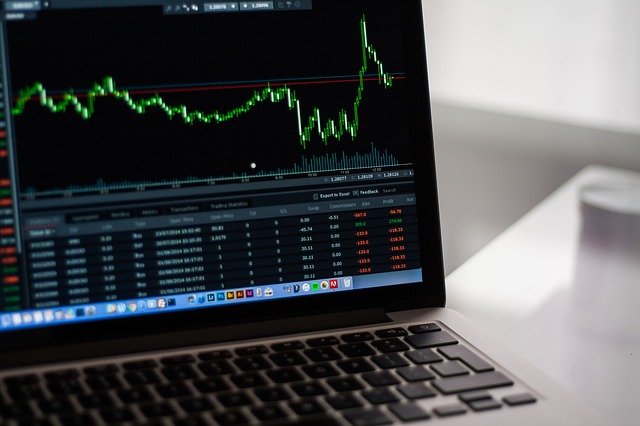We’re living in a period of high inflation. Food prices have risen by 13.1% since last year. Gas has peaked as high as $5 per gallon.
But at the New London Barn Playhouse in rural New Hampshire, it still costs just a nickel to rent a seat cushion. In fact, it’s been that price since the nearly 90-year-old organization was founded.
“There are certain things we do for the sake of tradition,” says Keith Coughlin, executive artistic director of the nonprofit playhouse. He adds that the proceeds of the rentals go to charity, with the annual total typically topping $1,000 (or 20,000 nickels).
Coughlin says there’s never been a thought to charge more for the cushions — or pillows, to be precise — as a way to boost the playhouse’s contribution, or even to fund its own activities. The whole point is that the cost stays a nickel, almost as a nostalgic statement.
It’s getting harder and harder to find such examples of fixed-in-stone pricing, however. Many brands and retailers say that they are inevitably forced to break with tradition so that they can stay afloat.
In New York City, pizzerias that built their reputation on the budget-priced $1 slice are now often charging $1.50. And Dollar Tree DLTR, -6.92%, the bargain-priced retailer, has boosted prices from $1 to $1.25 in the past year, although the company insisted the move was not the result of “short-term or transitory market conditions.”
Nevertheless, a few anti-inflationary holdouts remain. Perhaps the most famous is Costco COST, -3.44%, which has offered its food-court $1.50 hot dog-and-soda combo since 1985. It’s such a sacred, um, cow — the hot dog is indeed made from beef — that when Costco founder Jim Sinegal was once advised by the chain’s CEO that the company needed to up the price, he reportedly responded, “If you raise (the price of the) effing hot dog, I will kill you. Figure it out.”
“Costco founder Jim Sinegal once reportedly said, “If you raise (the price of the) effing hot dog, I will kill you. Figure it out.””
The bargain deals don’t stop there. Feeling thirsty? AriZona Beverages continues to offer its plus-sized cans of iced tea at the value price of 99 cents. In the mood for an evening of music? At Hollywood Bowl, the famed California concert venue, $1 “bench seats” have been offered for more than 30 years. In fact, this year the venue more than doubled the number of cheap tickets to play up what it calls “the idea of radical accessibility” to the arts.
Even your pooch can get in on the cheapie offers. Bark, a company that sells food, toys and treats for dogs, makes a commitment to those pet owners who sign up for regular deliveries that their pricing will remain forever the same. “Inflation sucks,” the company even says in its marketing.
At the New London Barn Playhouse in New Hampshire, it costs just a nickel to rent a seat cushion (er, pillow) — and the fee has stayed the same for decades
Courtesy New London Barn Playhouse
So why do some companies keep their prices fixed in certain instances, knowing that it often means barely breaking even, if not losing money, over time?
Retail experts say it’s about more than just honoring tradition. If anything, it’s a form of marketing unto itself.
The idea, explains John Talbott, director of the Center for Research and Education in Retail at Indiana University’s Kelley School of Business, is that an eye-grabbing low-priced item or offer can signal to consumers that the company stresses bargain deals overall.
“You can almost think of it as a big billboard that says, ‘We have good value,’” Talbott says.
There’s also the loss-leader factor. That is, people will come for that low-priced item, but buy plenty of other goods while they’re there — which are not so steeply discounted.
Certainly, that’s the case for Adam Oliensis, a Costco shopper and stand-up comedian who lives in suburban New York. He’s a big-time fan of the chain’s $1.50 hot dog-and-soda deal, so much so that he says he often “goes to town” and gets two combos. But he also admits that he inevitably spends about $200 on Costco merchandise when he makes a $1.50 frankfurter run. A recent purchase included a pack of 36 dish sponges that Oliensis jokes he probably won’t go through during the Biden administration — even if Biden gets a second term.
“So they’re getting me back,” Oliensis says of the Costco strategy.
Costco executive vice president Richard Galanti acknowledges that it has become more challenging to offer the $1.50 hot dog-and-soda combo, to say nothing of the chain’s other signature value item — the $4.99 rotisserie chicken. The company doesn’t disclose its profit margins on individual offerings, but Galanti says “it’s certainly less than it once was” on these low-priced items. (And by the way, Galanti says Costco sells close to 300 million of its hot dogs a year — 100 million through the food court and 200 million as a packaged item.)
Nevertheless, there are ways to make a $1.50 hot dog-and-soda combo work, the Costco executive adds. Galanti notes that Costco built its own hot-dog production facility to lower costs. And it regularly bids out its soda business — it has switched between Coca-Cola KO, -2.41% and Pepsi PEP, -2.36% products over the years — to score the best pricing.
For 2 Bros. Pizza, the New York chain largely credited with making the dollar slice a Big Apple icon, a different solution of sorts has emerged to the problem of trying to “hold the fort” on cheap eats, as Eli Halali, one of the company’s founders, describes the dilemma.
At its newer locations, 2 Bros. is now charging $1.50 a slice. But it’s keeping with the $1 figure at its long-established stores. In other words, it’s employing a case-by-case approach.
Halali explains that he’s got enough foot traffic at the existing locations to avoid raising prices (and he notes he makes his real money on sales from pizza toppings and sodas). But at the recently-opened stores, the customer base isn’t yet there to make the math work for a $1 slice.
“It’s very hard to start from scratch with that price point,” Halali says.
Aly Walansky, a New York City resident and writer, says she hopes that dollar pizza survives in the end, noting that a cheap slice was often her go-to meal in her struggling student days.
“I think dollar pizza is part of our history and culture,” she says.

You can still get a can of AriZona iced tea (or fruit punch) for 99 cents.
AriZona Beverages
When it comes to longstanding deals, the New York dollar slice, which emerged during the 2008 recession, is a relative newcomer. AriZona Beverages has been selling 99-cent iced tea (and other beverages) since the 1990s. Company co-founder Don Vultaggio, 70, says it’s a matter of principle for him to keep doing so.
“I’m an old-fashioned guy with a blue-collar background. I understand how tough it is” for some people financially, he says.
Vultaggio says his company also finds ways to save on costs to make the deal work. For example, it has changed the design of the can to use less aluminum, even while keeping the beverage amount the same.
But what does the future hold for Vultaggio and his 99-cent offering? Will AriZona iced tea still cost the same decades from now — or will the company finally have to allow for inflation?
Vultaggio admits he can think only so far ahead. “You’re going to have to ask my great grandson,” he says.

